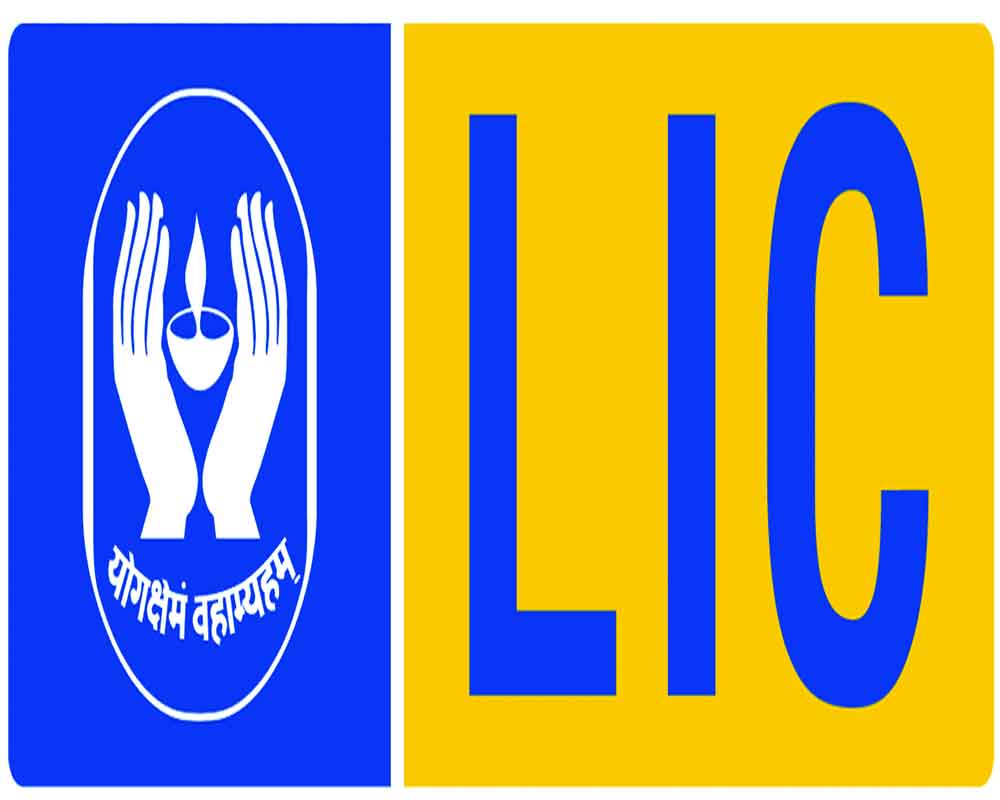This will bring down the average value for investors
Did you know that out of six people living with diabetes in the world, one person is an Indian? Yes, the diabetes population in India now represents a significant portion of the global burden of diabetes. It is one of the world's largest health emergencies in the 21st century, ranking among the top 10 leading causes of death globally. Not only that, it has hit epidemic proportions in many developing economies, particularly India. It is reported that the Life Insurance Corporation of India (LIC) is planning to transfer nearly Rs 1.8 lakh crore from policyholders' funds into a fund earmarked to pay dividends or issue bonus shares. The surplus in the non-participating fund is earmarked for shareholders and can be transferred to shareholders fund with approval from the LIC board.
The purpose seems to be to shore up investor confidence as this transfer would be an indicator of higher dividend payouts in the future. Life Insurance Corporation of India came up with its mega Initial Public Offer in the month of May to mobilize more than Rs 20,000 crore. The government offloaded its stake to the extent of 3.5 per cent (22.13 crore shares).
The issue price was Rs 949 and the share price is now hovering below Rs 600, while investors have lost more than 35 per cent. Transferring funds from policyholders' fund to Reserve fund to pay dividend does not add any value to the company. It is a mere book entry to use the funds to pay a dividend. As on March 2022 LIC had the following figures: (Rupees in crores) Equity share capital 6325.00, Reserve and Surplus 4084.14, Total shareholders’ funds 10409.14, Non-Current Liabilities 4148936.03, Current Liabilities 71244.60, Total liabilities 4230589.77 and Non-current investment 3926044.27. It seems that LIC is contemplating to transfer funds from non-current liabilities to Reserve and surplus to enable it to make dividend payment or to make a bonus issue.
Life insurance companies have two types of policies, namely participating policies and non-participating policies. A participating life insurance policy allows the policyholder to partake in the insurance company’s profits. As part of these policies, the insurer pays bonuses/dividends to the policyholder from their annual profits. Non-participating policies do not have any bonuses/dividends paid out to policyholders by insurance companies, i.e., they do not share in the profits made by these companies. The present transfer is from funds for non-participating policies accounts. Hence what is going to be transferred now already belongs to the shareholders and it is not part of any outside liabilities (to other policyholders) though they are kept under policyholders funds.
If the funds are used for a hefty dividend payment, it may improve investor’s sentiment temporarily which may increase market value of share. But there may not be any real value as the market value will be down once the cut-off date is over.
Moreover, to the extent of dividend payment, working funds for the company will come down, which will prune the investment by LIC and will reduce the profitability of the organization in the future.
Government holding is 96.5 per cent in LIC and any dividend payment may help the government in its fiscal management. Again bonus issue will also be a book entry for transferring funds from Reserve to the Capital Account without any value addition. However, unlike dividend payment, funds will be retained by the company and its investment may not be affected. Shareholders may hold more shares but the total value may not change much after the bonus issue.
There is an alternative way to help retail investors. There can be a rights issue with hefty discounts and the government can opt out of its rights entitlement, allowing only others to subscribe. This will bring down the average value for investors and the market may react positively. With proper pricing, the retail investors will not only get back their investment but also a surplus. Government’s share in LIC may also come down with this and part of disinvestment target for this year can also be met with this. This will boost sentiment for further disinvestment by the government.
(The author is a retired banker)

























